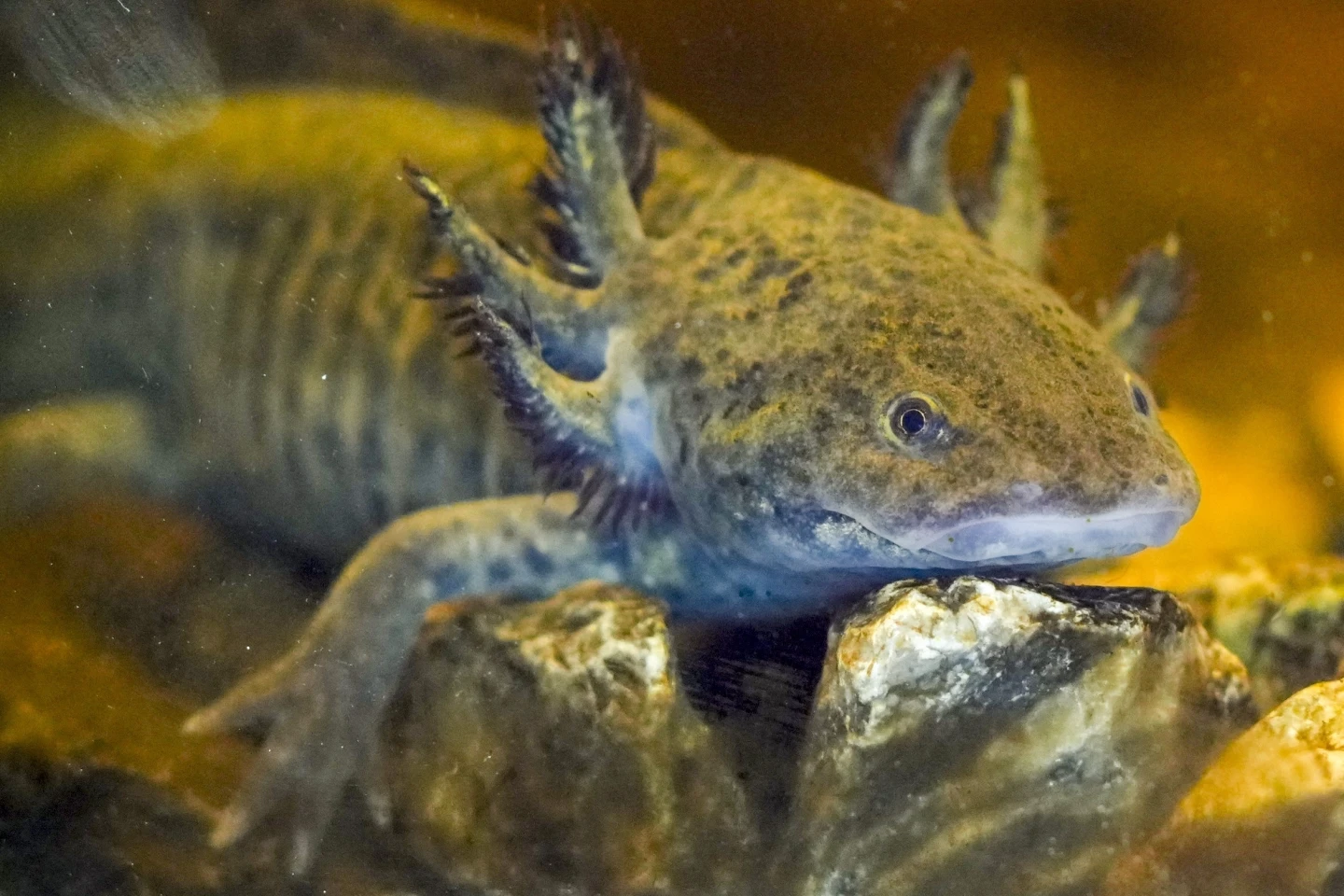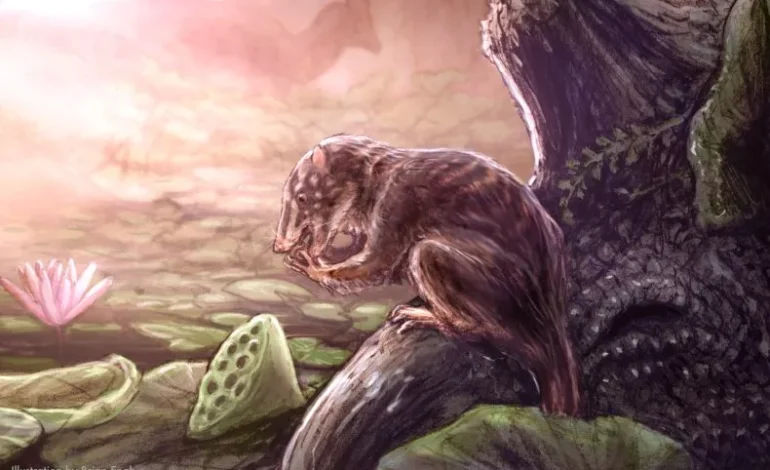Paleontologists have uncovered a new prehistoric mammal species in Colorado that lived during the Age of Dinosaurs, possibly dwelling in swampy environments.
The discovery, detailed in the journal PLOS ONE, introduces Heleocola piceanus, a species that lived around 70 to 75 million years ago during the Late Cretaceous period.
The fossil remains, consisting of a piece of jawbone and three molar teeth, were found near Rangely in northwestern Colorado. The name Heleocola translates to “swamp dweller,” reflecting the swampy, deltaic environment in which it lived along the margin of the Western Interior Seaway—a vast inland sea that divided North America during that time.
Lead researcher Jaelyn Eberle from the University of Colorado Boulder noted that the fossil’s significance lies in its rarity, as few mammals from this time period have been found in North America. The region where H. piceanus was discovered was home to turtles, giant crocodiles, and duck-billed dinosaurs, suggesting a diverse ecosystem of both land and aquatic animals.
Although small by modern standards, weighing around two pounds, H. piceanus was notably large for a mammal of its time, when most were the size of mice or rats. The discovery adds a new perspective to the understanding of mammal diversity and size during the Late Cretaceous, showing that not all mammals of the period were tiny.
Newsweek and Discover Wildlife contributed to this report.








